Search
To search for an exact match, type the word or phrase you want in quotation marks.
A*DESK has been offering since 2002 contents about criticism and contemporary art. A*DESK has become consolidated thanks to all those who have believed in the project, all those who have followed us, debating, participating and collaborating. Many people have collaborated with A*DESK, and continue to do so. Their efforts, knowledge and belief in the project are what make it grow internationally. At A*DESK we have also generated work for over one hundred professionals in culture, from small collaborations with reviews and classes, to more prolonged and intense collaborations.
At A*DESK we believe in the need for free and universal access to culture and knowledge. We want to carry on being independent, remaining open to more ideas and opinions. If you believe in A*DESK, we need your backing to be able to continue. You can now participate in the project by supporting it. You can choose how much you want to contribute to the project.
You can decide how much you want to bring to the project.
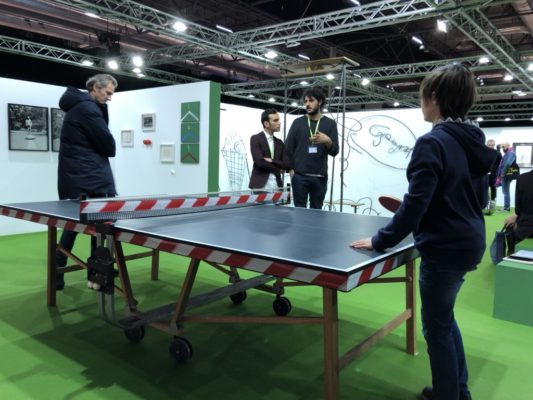
Every time I visit ARCO (or any other art fair) I can’t help thinking of the difficult position of galleries at a time when artists, institutions, critics, curators and even collectors are redefining their roles. In a recent conversation, a German gallery owner recalled how in the nineties institutions and the market followed two parallel paths, with occasional exchanges. Today they are not only totally interconnected, but all too often fairs and biennales exchange roles. On the one hand, we have artists’ projects shown at biennales and supported, funded and managed by important galleries whose influence and visibility on the market is much greater than those of many art fair booths. On the other, we see the opposite path, programmes curated at fairs that become workspaces for independent curators, stars of the new social class made up of precarious cultural workers.
But each fair has its own idiosyncrasy, especially ARCO — born in Spain in the eighties, a time and a context of modernisation (that wouldn’t be all it was made out to be), that introduced contemporary art in the country, creating a market, educating new practitioners and critics, and providing a professional, social and fun meeting point. Madrid always has a lot to offer in terms of entertainment.
ARCO 2018 continues to promote this characteristic of indisputable meeting point that transcends the actual fair, and includes work sessions behind closed doors with directors of cultural institutions, and discussions and presentations open to the general public. In this sense, visiting the fair is exhausting. As if they were speed dating, gallery owners and dealers try to sum up the complexity of works that are difficult to apprehend in just a few seconds. But in actual fact that is what our present consists of, an ever-growing series of inputs, images, ideas, news items, novelties and events to which we can often only dedicate a few minutes, or a quick reading of headlines.
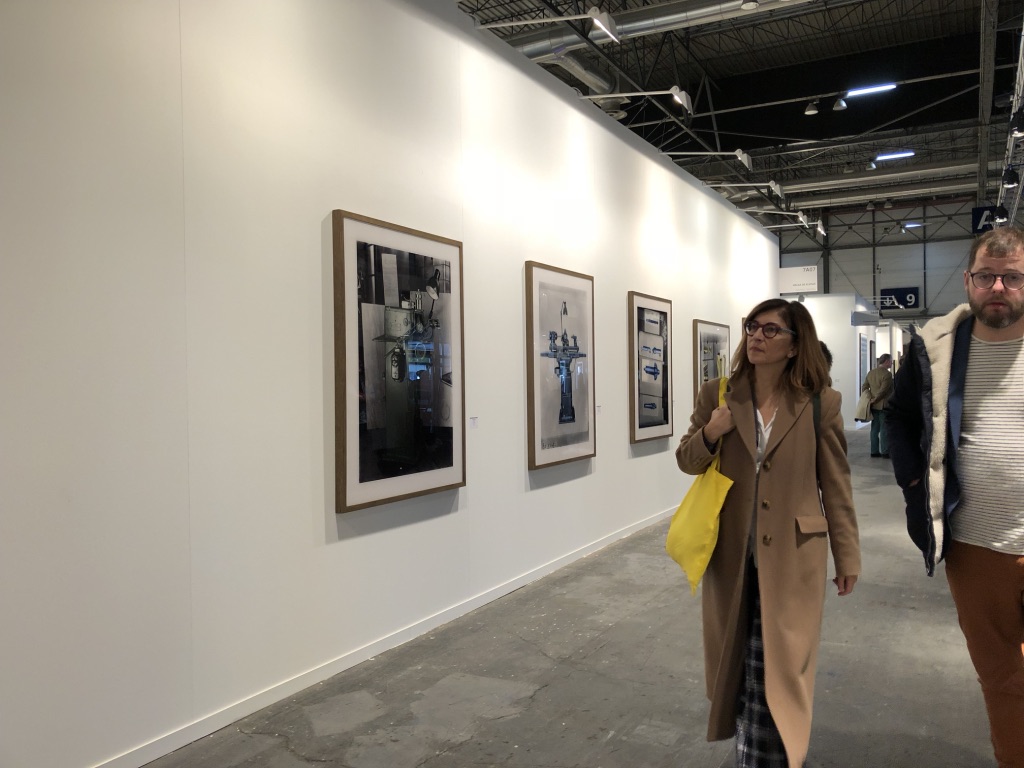
That said, the truth is that ARCO 2018 is neither loud nor discordant. On the contrary, there is a certain moderation in the works displayed, and everything is very measured and neat. While the spectacular and unlimited booths are left for Art Basel, at ARCO we find accessible works, both as regards size and price. Striving to find its place in the competitive world of art fairs, ARCO has shown a commitment to the future, emerging artists and curated spaces.
In fact, the future is the guest country this year. Well, not exactly, but it does occupy a central space, designed by Andrés Jaque, in which curators Chus Martínez, Rosa Lleó and Elise Lammer commissioned new works from nineteen artists. In a green space that recalls artificial grass on which to relax or play, or a chroma background on which we can project anything we like, the artists unveil a present that would be worthwhile projecting in the future. Diametrically opposed to Black Mirror, the works by Regina Giménez, Eva Fàbregas, Teresa Solar and Július Koller, among others, speak of nomadism, DIY, intergenerational relations, sustainability, survival and creativity. And indirectly, they speak of the need for the very existence of art as a space of freedom if we really want there to be a future.
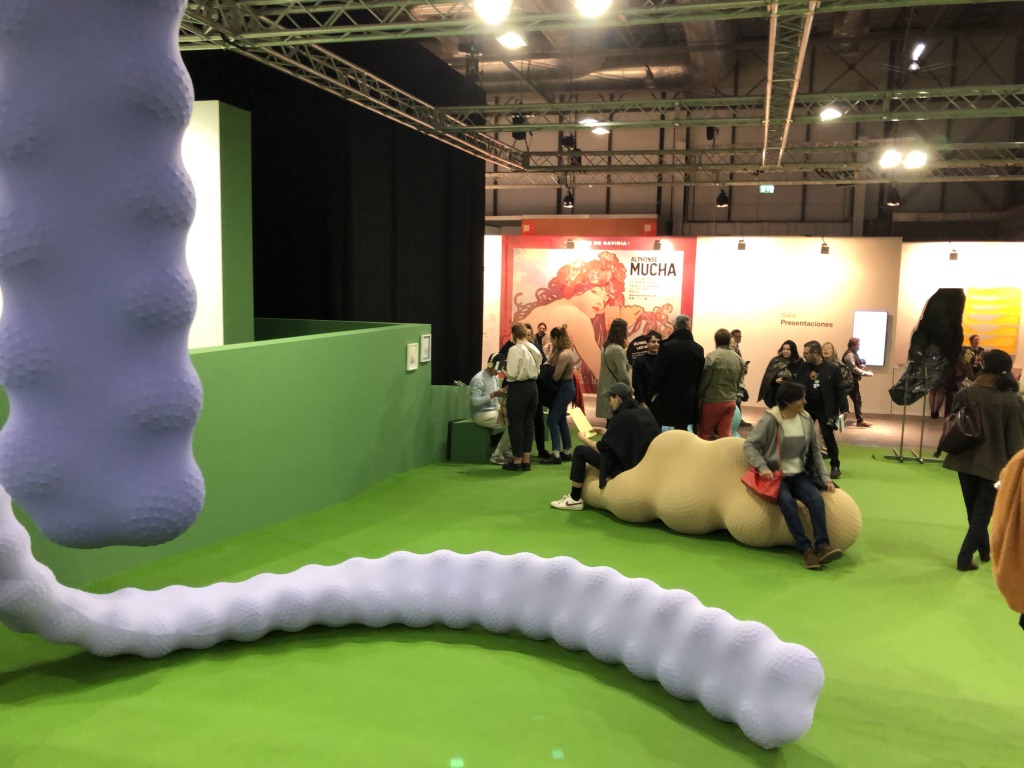
But we remain in the present and a visit to ARCO is always full of gratifying moments. Here are a few, albeit in disorder: the musical moments at Hauser & Wirth, courtesy of Dan Graham; the installation entitled Extra in which Candice Breitz acts as an idem (Kow); Momu & No Es (Joey Ramone); Pep Vidal’s humanistic and scientific approach at ADN gallery and Lmno; the list of items of a woman’s clothing by Hans-Peter Feldmann (ProjecteSD); the comics that expand in space by Francesc Ruiz (Estrany – de la Mota); the bodily spatial relations explored by Sigurdur Gudmundsson, and the family relations examined by Ragnar Kjartansson (i8); the ‘paintings made by others’, by Ryan Gander at Esther Schipper and by Enric Farrés Duran at noguerasblanchard. And many many more.

But ARCO isn’t an impregnable bubble, and the dissension and irritation of the present have also nudged their way into the fair, even before it officially opened. The controversy created by the removal of the work by Santiago Sierra, Presos políticos en la España contemporánea (Political Prisoners in Contemporary Spain), is a characteristic of our present in which freedom of expression is being violated and many find this annoying and tiresome, which is even worse. The truth is much crueller, because what is actually disappearing is the recognition of human rights that was so difficult to attain. It’s been some time now since a controversial ARCO photograph published in the media shows a work by Eugenio Merino, who in my opinion this year is the author of the most accurate portrait of our present.
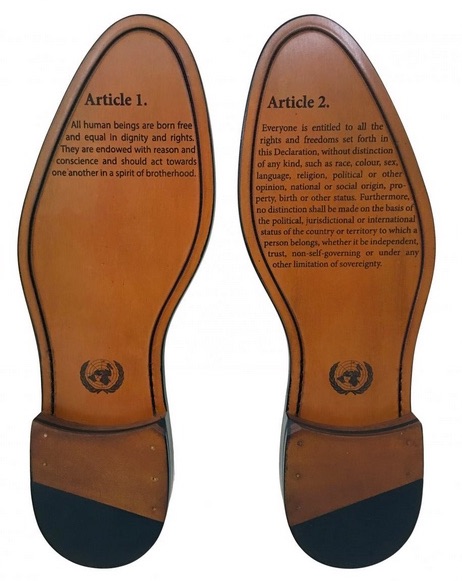
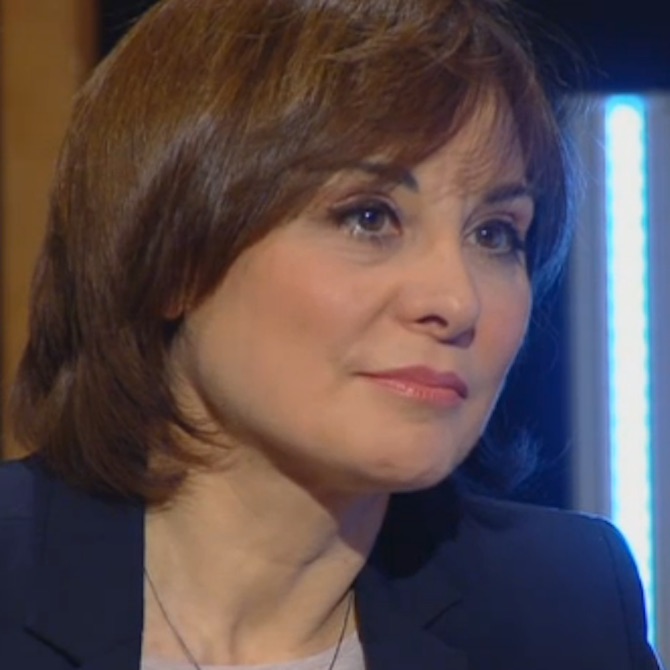
Montse Badia has never liked standing still, so she has always thought about travelling, entering into relation with other contexts, distancing herself, to be able to think more clearly about the world. The critique of art and curating have been a way of putting into practice her conviction about the need for critical thought, for idiosyncrasies and individual stances. How, if not, can we question the standardisation to which we are being subjected?
www.montsebadia.net
"A desk is a dangerous place from which to watch the world" (John Le Carré)